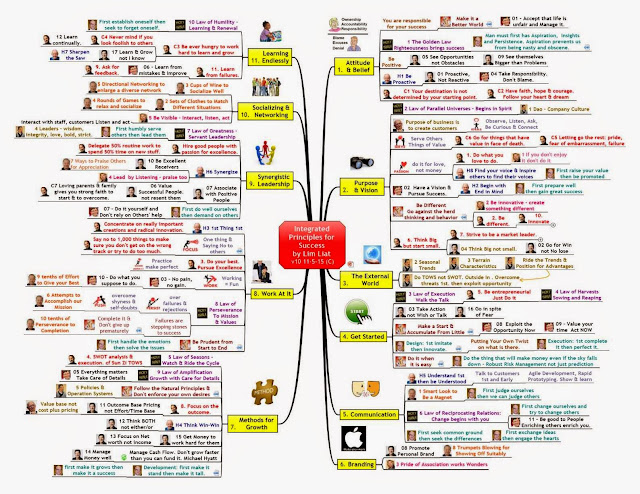Learning from failures is much more than just do not repeat them. Here are two suggestions to maximize your learning from failures. Don't just learn the negative lessons but turn them into positive ones too. So many valuable inventions came from the so called 'Accidental Discoveries' . Here is the secret ....What does learning from failures mean?
A typical answer is 'learning the ways that won't work' and hence don't repeat the same mistake again. There is this famous quote by Thomas Edison, "I have not failed. I've just found 10,000 ways that won't work." It sounds great but it does not bring you any closer to the solution. You just found out that it was just a dead-end. How many more failures will you need before you can find the answer? There is no answer. It could be as close as another attempt, or it could be as far as another 10,000 ways that still won't work. There are many quotes that tell you not to give up because you be just one or two steps away from the breakthrough. But those quotes are just optimistic thinking for encouragement and have no other factual basis.
I have two suggestions for learning from failure. One is to start with a model. Another, may be a more fruitful way is to find better use from the result of the failure.
Start with Model - Experiments must be Designed first.
We must have a model of how things work so that we can validate the models with our experiments. We must design the experiments such that we can maximize the value learned from the result of the experiments. Go for the minimum number of experiments needed, and hence the costs and time, to find out the maximum information needed. As we do the tests, the test result help us to modify our understanding and the working of our initial model. We incrementally change our model to fit the data and lead us to design other experiments to extract maximum value. We may not find the answer or optimum solution yet, but we are maximizing our learning value from our failures.
Find Uses for the Failed Experiments- The Post-It Note Story
Our failure is defined by our initial objective. Because the result did achieve our intended objective, it was a failure. So, if we neglect our intended objective, our experiment is not failure at all. It is just a factual outcome of doing something in some specific situations with specific inputs. So, if we change the question to what useful things we can make use of the result we have obtained, there is no longer a failure but a starting point of a useful search. The Post-it note was the outcome of a failure to produce the super-glue. Instead of a super-glue, it was a very weak but lasting glue. A big failure in terms of the intended objective. However, if we just make you of property of the outcome, 'weak lasting glue', it became the Post-It Notes that we are all so familiar with. In fact, such use as a book mark, was an accidental discovery too.
So, in my Creative and Innovation Classes, I teach the students that,
"There is no such thing as a useless idea.
You just need to find the job in a particular situation that can have use of it".
The focus is change from rejecting the ideas to finding the uses for the ideas. The particular situation, for a particular person, with a particular need, for it.
Putting it in Actions
Can you go back to the projects, products, programs, etc that you thought were failures. Find out the particular unique attributes and properties of the products or projects. Think of how you can find new uses, in terms of situations(day or night, dry or wet, safe or danger, ...) and persons (e.g. age, handicapped, sickness, ...).
Hope you can learned much from your past failures and put them good new uses. Then, that is true learning from failure.
Lim Liat (c) 17 June 2015
See also: Learning Creativity from a Math Puzzle


